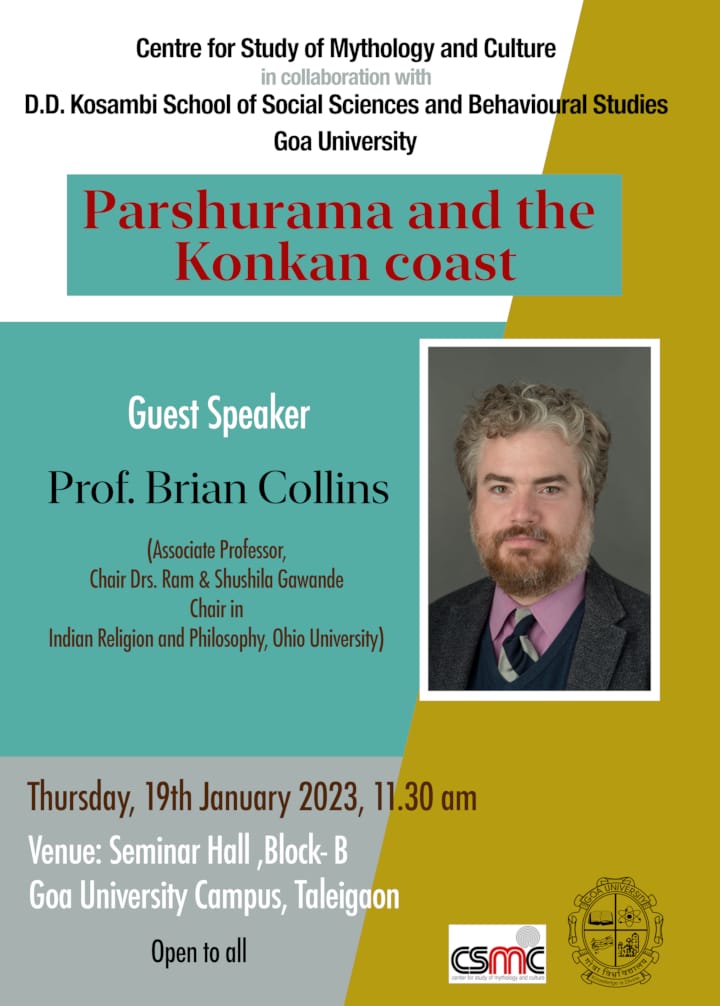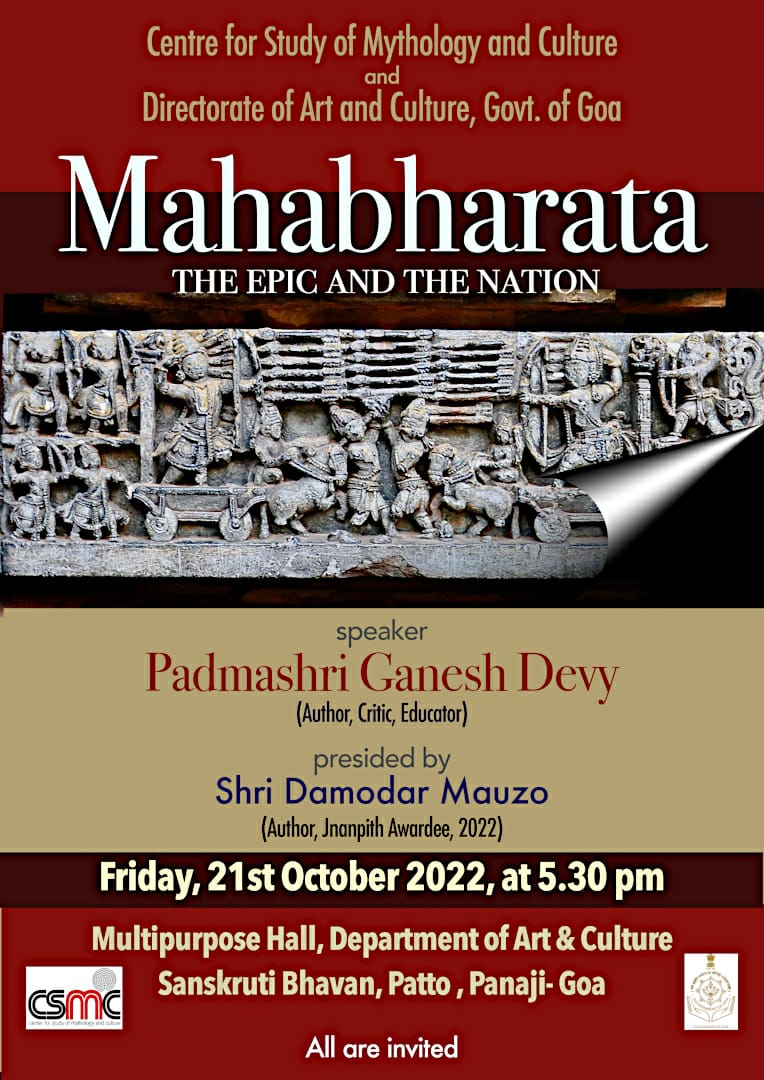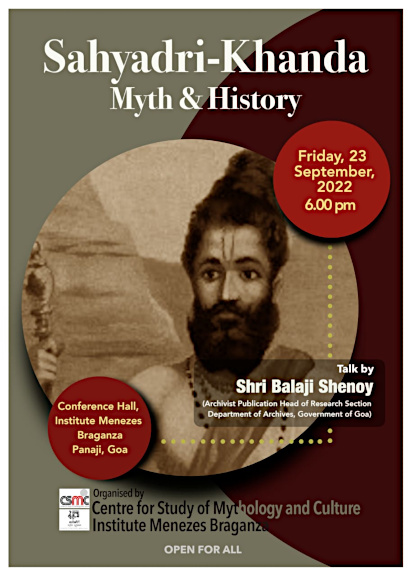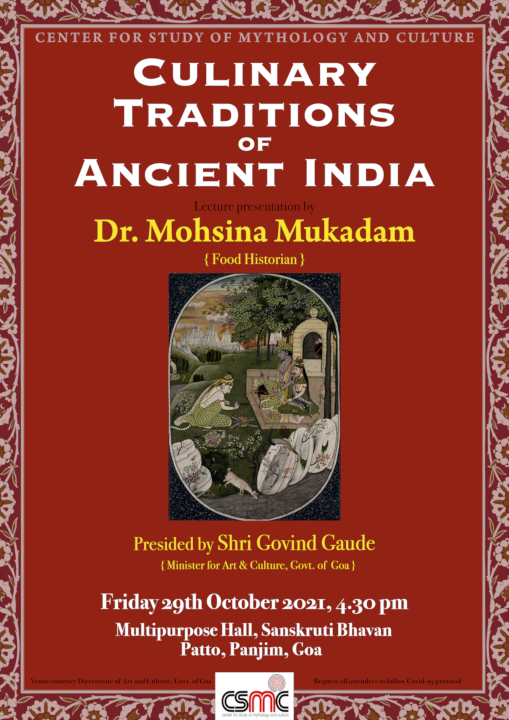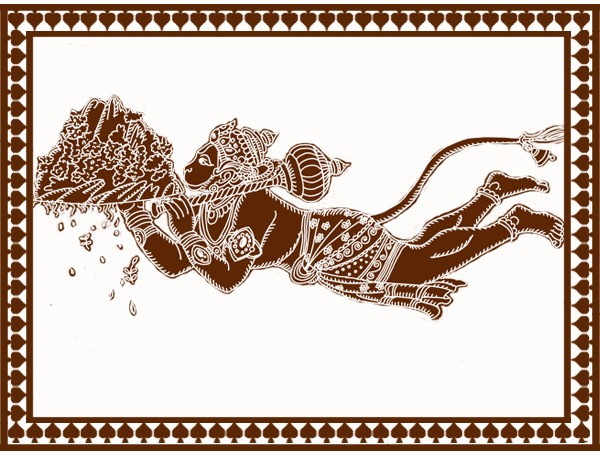
Who can forget the iconic image of Hanuman gracefully flying across the skies holding up a mountain in one hand while cradling his favourite weapon mace with the other? In the Yuddhakand of Ramayana, Valmiki describes the episode in detail. During the battle of Lanka, Lakshman was grievously wounded by Indrajit, son of Ravana. Seeing Lakshman was close to death, Jambavan the leader of bears commanded Hanuman to fetch immediately ‘Sanjivani booti’, a powerful medicinal herb that has the power to revive the dead found only on the Mahodaya or Dronagiri mountain. Hanuman leapt up and soared through the skies across a great distance to Dronagiri to fetch the life-saving herb. But having reached Dronagiri mountain Hanuman could not identify the plant Sanjivani. As he could not afford to waste time searching for the herb, he quickly tore up the whole mountain and flew back with it to Lanka.
However, there are two sides to this story that highlights how some villages adore Hanuman for bestowing gifts to them in the form of rare plants; while others fault Hanuman for ripping off their natural wealth.
There are many assumptions about the location and identity of the Dronagiri mountain in India. Some identify it as the present-day Dhauladhar range extension of Himalayas in Himachal Pradesh, near Kasauli & Dharamshala. The villagers of of the tiny hamlet of Dronagiri in Uttarakhand, identify the nearby mountain worshipped by locals to be the mythical Dronagiri mountain mentioned in the Ramayana.







